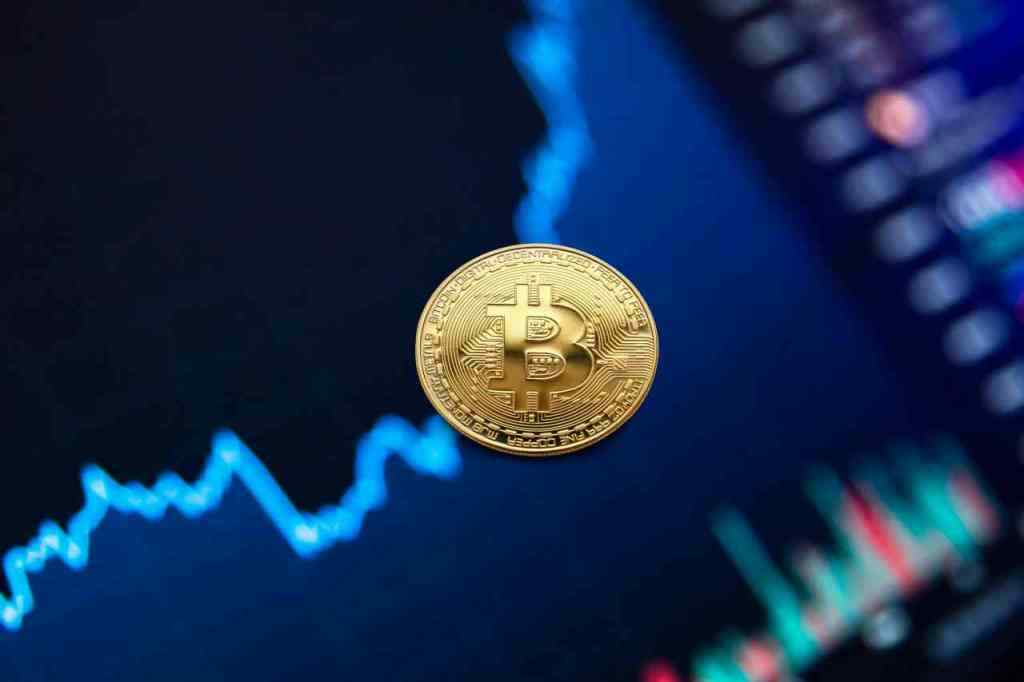A Higher Neutral Rate: Could it Rain on the Treasury Market’s Parade?
Alright, folks, gather ’round the virtual water cooler because we gotta talk bonds. The whisper on the street (Wall Street, that is) is that US Treasuries are about to have their moment in the sun. Investors are practically giddy with the prospect of a bond rally, fueled by whispers of cooling inflation and a bit of a breather in the labor market. The thinking goes: a chill pill for the economy means the Fed might just whip out those rate cuts sooner than expected, maybe even by September. Party time, right?
Well, hold your horses, bond enthusiasts. There’s a little thing called the “neutral rate” that’s throwing some shade on this whole rally shindig. And let me tell ya, this ain’t your friendly neighborhood party pooper; this is more like that one relative who shows up and reminds everyone about taxes during a wedding reception. Yeah, not exactly a vibe.
The Neutral Rate: Party Pooper or Voice of Reason?
So, what’s the deal with this “neutral rate” anyway? Well, imagine an interest rate that’s like Goldilocks’ porridge: not too hot (inflation-inducing), not too cold (economy-stalling), but juuuust right. That, my friend, is the neutral rate (also known as R-Star in economist-speak). It’s the rate that keeps the economy humming along without going off the rails in either direction.
Here’s where things get interesting (or should I say, “sus” as the kids are saying these days): the market’s expectations for the neutral rate are going up, up, up, like a rocket emoji 🚀. And get this, they’re actually higher than what the Fed itself is projecting. Talk about a reality check! This suggests the market thinks the economy’s got some serious stamina and can handle higher interest rates without keeling over. Bold move, market, bold move.
Market Whispers and Telltale Signs
Now, you know me, I always gotta look for those telltale signs, those whispers in the market that tell the real story. And lemme tell ya, the tea leaves (or should I say, the forward contracts) are saying some interesting things. Forward contracts for the five-year rate in the next five years are hanging out around a certain percentage point that’s notably higher than the Fed’s estimate. And you know what that means? It’s like setting a higher bar for yields, which could really throw a wrench in the whole bond rally extravaganza.
